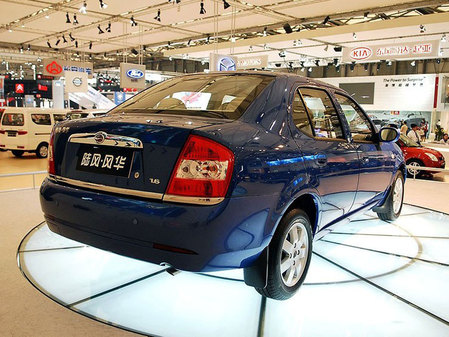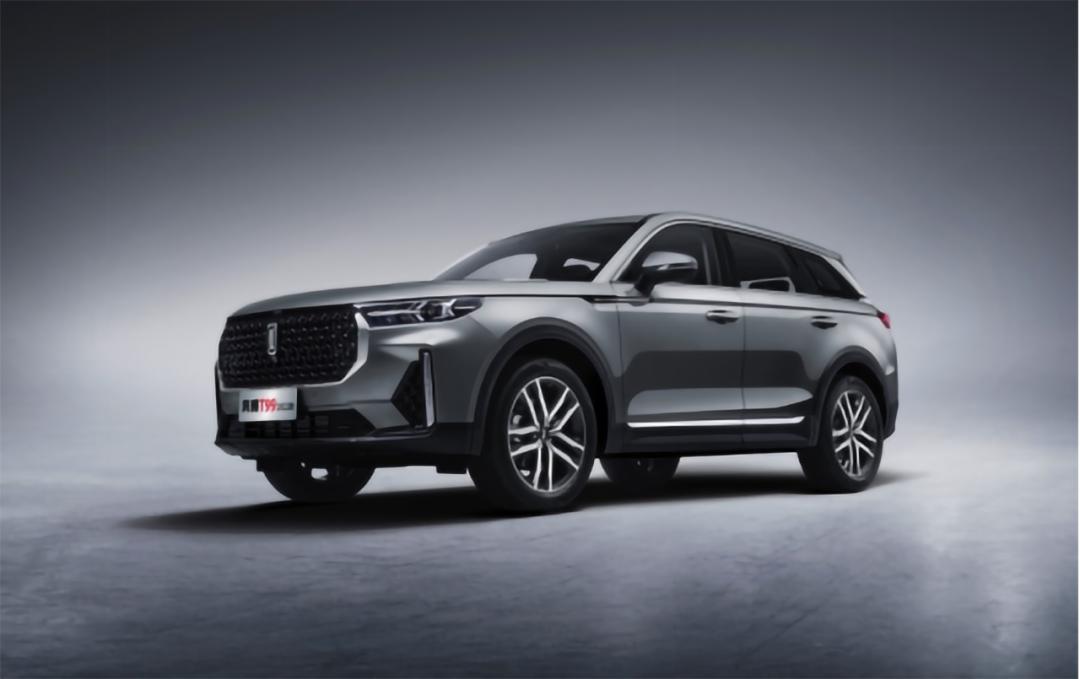Title: The Extinction Crisis of Automotive Brands on the Verge of Disappearance
The automotive industry is facing a dire situation as several renowned brands are on the brink of extinction due to various reasons, such as increased competition, changing consumer preferences, and the emergence of new technologies. The extinction crisis of automotive brands is a result of companies' failure to adapt to the fast-evolving market conditions and their inability to innovate effectively. As a result, they are losing market share to newer, more attractive, and technologically advanced competitors. This crisis has significant implications for both the automotive industry and the global economy. Many iconic automotive brands have been around for decades, and their loss could signal the end of an era. However, some experts believe that these brands can still survive by embracing new technologies and adapting to changing consumer preferences. In conclusion, the extinction crisis of automotive brands highlights the importance of innovation and adaptation in today's rapidly evolving business landscape. Companies that fail to embrace change risk being left behind, while those that continue to innovate will thrive in the future.
Introduction
In today's highly competitive automotive industry, companies are constantly striving to innovate and differentiate themselves from their rivals. However, not all brands are able to withstand the challenges posed by shifting consumer preferences, rising competition, and evolving technologies. As a result, several automobile brands are on the brink of extinction, facing an uncertain future and the prospect of being phased out of the market altogether. This article will examine these endangered brands, discussing their current situation, potential reasons for their decline, and the implications of their disappearance for the industry as a whole.
The Endangered Automotive Brands
As we approach the end of 2023, several automotive brands have found themselves struggling to stay relevant in an increasingly crowded marketplace. These brands have either been unable to adapt to changing consumer needs or have failed to capitalize on emerging opportunities. Some of the most notable examples include:

1. Chevrolet: Once one of America's most popular car brands, Chevrolet has seen its sales plummet in recent years. The company's struggles to attract younger consumers and compete with more innovative offerings from rivals like Tesla have left it vulnerable to extinction.
2. Buick: Another brand that has struggled to keep up with changing consumer preferences, Buick has seen its market share decline steadily over the past few years. With limited appeal among young people and a lack of innovation compared to other luxury automakers, Buick is at risk of disappearing altogether.
3. Dodge: Like many other traditional American car brands, Dodge has also faced significant challenges in recent years. The company's inability to differentiate itself from competitors and its focus on older models has left it vulnerable to disruption from newer, more exciting brands like Rivian and Lucid Motors.
4. Toyota: While Toyota is generally regarded as one of the most successful auto companies in history, the Japanese giant has not been immune to the challenges posed by the industry's rapidly evolving landscape. In particular, Toyota has struggled to compete with newer electric vehicle (EV) startups like Tesla and Lucid Motors, which offer consumers a more compelling combination of performance, range, and sustainability.
Potential Reasons for Automotive Brands on the Verge of Extinction
There are several factors that have contributed to the decline of these endangered automotive brands. These include:
1. Shifting Consumer Preferences: As younger generations become more environmentally conscious and value-conscious, there is a growing demand for electric vehicles (EVs) and other low-emissions options. Many traditional automakers have been slow to embrace this shift, leaving them behind as consumers seek out more sustainable alternatives offered by startups and new entrants into the market.
2. Increasing Competition: The rise of new players in the automotive industry, particularly EV startups like Tesla and Rivian, has created significant competition for established brands like Chevrolet, Buick, Dodge, and Toyota. With limited resources and outdated product lines, these companies have struggled to keep pace with their more nimble competitors and maintain customer loyalty in an increasingly competitive marketplace.

3. Technological Advancements: The rapid pace of technological advancements in the automotive industry has put pressure on traditional automakers to invest heavily in research and development in order to remain competitive. Unfortunately, many of these companies have been slow to adapt to these changes, leaving them at a disadvantage when it comes to developing new products and services that meet the evolving needs of consumers.
Implications for Industry as a Whole
The extinction of endangered automotive brands would have far-reaching consequences for both the industry itself and society as a whole. Some potential implications include:
1. job losses: The decline of traditional automakers could lead to significant job losses across various sectors of the economy, including manufacturing, logistics, and retail. This could exacerbate existing economic challenges and pose a threat to local communities and small businesses.
2. environmental impacts: The disappearance of endangered automotive brands could accelerate the transition towards a more sustainable automotive industry by forcing incumbents to invest in cleaner technologies and more environmentally friendly production processes. This could ultimately help reduce greenhouse gas emissions and improve air quality in urban areas around the world.
Conclusion
As we look towards the future of the automotive industry, it is clear that some traditional brands face an uncertain fate due to shifting consumer preferences, increasing competition, and evolving technologies. By understanding the underlying causes of these challenges and exploring potential solutions, we can work towards creating a more sustainable and equitable future for both automakers and consumers alike.
与本文知识相关的文章:



